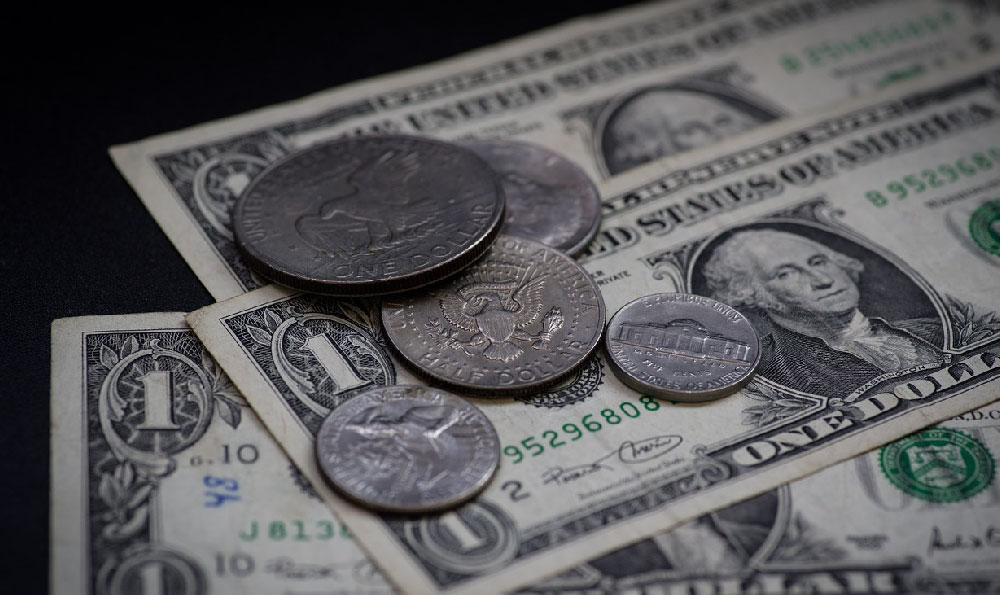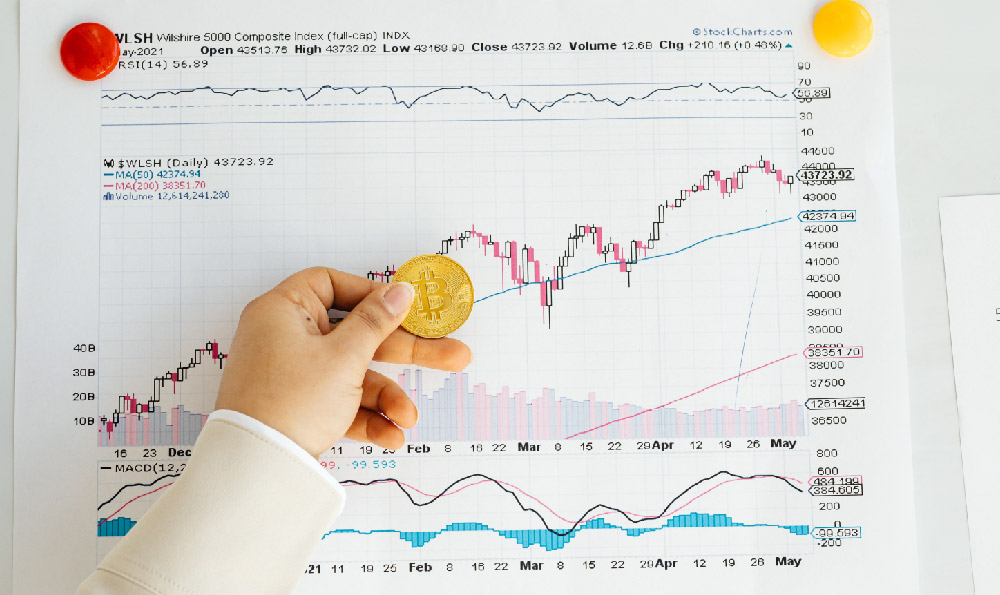Does YouTube Generate Revenue? How Does YouTube Profit?

Okay, I understand. Here's an article exploring the revenue generation and profitability of YouTube:
YouTube, the ubiquitous video-sharing platform, has become a global phenomenon. From amateur vloggers to established media corporations, countless individuals and entities utilize its vast reach to share content, build communities, and, most importantly, generate revenue. But how exactly does this platform, seemingly free to use for viewers, actually profit? The answer lies in a multi-faceted strategy that leverages advertising, subscriptions, and increasingly, direct content sales.
The most fundamental and widely recognized revenue stream for YouTube is advertising. The platform operates on a model where advertisers pay to display their ads to YouTube users while they watch videos. These ads come in various formats, each with its own pricing structure. Skippable video ads, which viewers can bypass after a few seconds, are a common sight. Non-skippable ads, although more intrusive, command a higher price due to their guaranteed exposure. Banner ads appear along the sides or bottom of the video player, offering a less disruptive, albeit potentially less impactful, presence. Overlay ads, displayed directly on top of the video, provide another avenue for advertisers to reach viewers.

The revenue generated from these advertisements is shared between YouTube and the content creators, adhering to a carefully defined partnership program. To qualify for the YouTube Partner Program (YPP), creators must meet certain eligibility requirements. They need to have a minimum number of subscribers (currently 1,000) and accrue a substantial watch time within the past year (4,000 valid public watch hours). Furthermore, adherence to YouTube's community guidelines and ad policies is paramount. Once accepted into the YPP, creators can monetize their videos by enabling ads. The specific revenue split varies, but typically YouTube retains around 45% of the advertising revenue, while the creator receives the remaining 55%. This percentage split incentivizes YouTube to attract high-quality content, as it directly benefits from the creators' success.
The revenue generated per thousand views (RPM) fluctuates based on several factors. The geographic location of viewers plays a significant role, as advertisers are generally willing to pay more for viewers in developed countries with higher purchasing power. The video's topic also influences RPM. Content related to finance, technology, or business typically attracts higher advertising rates compared to, say, gaming or entertainment. Seasonality is another factor, with advertising rates often peaking during holidays and major shopping events. Finally, the overall engagement of the audience – including watch time, likes, comments, and shares – can impact a video's perceived value to advertisers and, consequently, its RPM.
Beyond advertising, YouTube Premium offers a subscription-based model that provides viewers with an ad-free experience. Subscribers pay a monthly fee, and in return, they can watch videos without interruptions. A portion of the Premium subscription revenue is distributed to creators based on the watch time their videos receive from Premium members. This creates another, albeit less predictable, revenue stream for creators. Furthermore, YouTube Premium members often have access to exclusive content and features, further incentivizing subscription uptake.
YouTube has also diversified its revenue streams through features like Channel Memberships and Super Chat. Channel Memberships allow creators to offer exclusive perks to paying subscribers, such as custom badges, emojis, and early access to videos. This provides a direct way for fans to support their favorite creators and receive exclusive content in return. Super Chat, on the other hand, is used during live streams. Viewers can purchase Super Chat messages, which are highlighted in the chat window, allowing them to stand out and get their messages noticed by the creator. This feature proves particularly lucrative for creators who regularly engage in live streaming.
More recently, YouTube has been experimenting with various e-commerce integrations, enabling creators to sell merchandise directly through their channels. This includes branded apparel, accessories, and other products. By streamlining the purchasing process and integrating it seamlessly within the YouTube ecosystem, creators can leverage their audience to drive sales and generate additional revenue. YouTube takes a commission on these sales, further contributing to its overall profitability.
Looking ahead, YouTube's profitability is likely to be driven by continued growth in advertising revenue, expansion of YouTube Premium subscriptions, and the increasing adoption of e-commerce and creator-funded initiatives. The platform is constantly evolving its features and algorithms to optimize advertising targeting, enhance user engagement, and provide creators with more opportunities to monetize their content. Competition from other video platforms, such as TikTok and Vimeo, presents a challenge, but YouTube's established brand recognition, vast user base, and diverse content library provide a strong foundation for continued success. The platform's future hinges on its ability to adapt to changing consumer preferences, innovate in the realm of video content creation, and maintain a mutually beneficial relationship with its creators. Ultimately, the more successful the creators are, the more successful YouTube will be. This symbiotic relationship, powered by a diverse array of revenue streams, ensures YouTube's position as a dominant force in the digital landscape.














